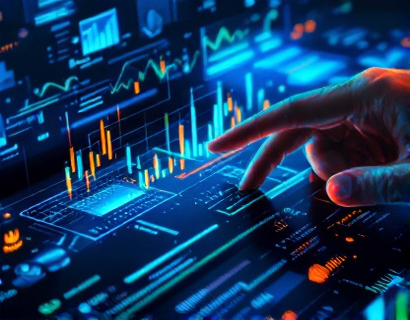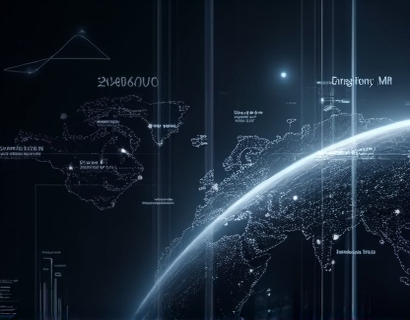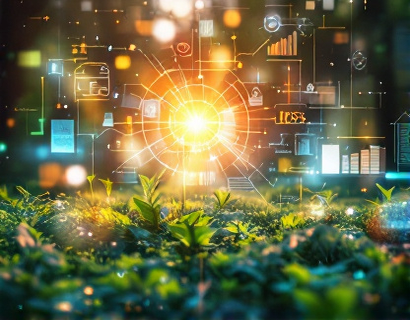Elevate Your Aquaponics Business with Advanced Software Solutions
In the rapidly evolving world of sustainable agriculture, aquaponics stands out as a promising method for producing both fish and plants in a symbiotic environment. However, managing an aquaponics system efficiently requires precise monitoring, control, and optimization. This is where innovative software solutions play a crucial role in elevating aquaponics management to new heights. By leveraging advanced technology, farmers can streamline operations, enhance productivity, and promote environmental stewardship, ultimately contributing to a more sustainable future.
The Importance of Software in Aquaponics Management
Aquaponics systems are complex ecosystems that involve the interplay of water quality, nutrient levels, temperature, and biological balance. Managing these factors manually can be time-consuming and prone to errors. Software designed specifically for aquaponics management offers a comprehensive solution by providing real-time data, automated alerts, and detailed analytics. This technology enables farmers to make informed decisions quickly, ensuring the health and productivity of their systems.
Key Features of Advanced Aquaponics Software
1. Real-Time Monitoring: Advanced software platforms offer continuous monitoring of key parameters such as pH, ammonia, nitrite, nitrate, temperature, and dissolved oxygen. This real-time data helps farmers detect and address issues promptly, preventing potential system failures and maintaining optimal conditions for both fish and plants.
2. Automated Control Systems: Integration with hardware allows for automated adjustments to maintain ideal conditions. For example, the software can control pumps, aerators, and feeders based on the data collected, ensuring that the system operates efficiently without constant manual intervention.
3. Data Analytics and Reporting: Comprehensive analytics tools provide insights into system performance over time. Farmers can generate detailed reports on growth rates, resource usage, and system health, which are invaluable for long-term planning and decision-making.
4. Alerts and Notifications: Customizable alerts notify farmers of any deviations from set parameters, ensuring timely interventions. This feature is crucial for maintaining the delicate balance required in aquaponics systems.
5. Integration with Other Systems: Modern software solutions can integrate with other farm management tools, such as inventory management, sales tracking, and customer relationship management. This holistic approach helps farmers manage all aspects of their business more effectively.
Benefits of Using Advanced Software in Aquaponics
The adoption of advanced software in aquaponics farming brings numerous benefits that contribute to the overall success and sustainability of the operation.
1. Increased Efficiency: By automating routine tasks and providing real-time data, farmers can focus on higher-value activities, leading to increased productivity and efficiency.
2. Enhanced Sustainability: Precise control over system parameters reduces resource waste and minimizes environmental impact. This aligns with the core principles of sustainable agriculture and helps farmers meet growing consumer demand for eco-friendly products.
3. Improved Crop and Fish Health: Maintaining optimal conditions through continuous monitoring and automated adjustments results in healthier plants and fish, leading to better yields and quality.
4. Better Decision-Making: Access to detailed analytics and historical data enables farmers to make informed decisions, optimize processes, and predict future trends.
5. Scalability: As the business grows, advanced software solutions can scale with the operation, handling increased data volumes and complexity without compromising performance.
Case Studies and Success Stories
Several aquaponics farms have successfully implemented advanced software solutions, achieving significant improvements in their operations.
One notable example is a medium-sized aquaponics farm in the Midwest that struggled with inconsistent water quality and manual system adjustments. After integrating an advanced software platform, the farm saw a 30% increase in crop yield and a 40% reduction in energy consumption. The real-time monitoring and automated control systems allowed the farmer to respond quickly to any issues, ensuring a stable and healthy environment for both fish and plants.
Another case involves a small urban aquaponics operation in a densely populated area. By using software to optimize space and resource usage, the farm was able to increase its production capacity by 50% while maintaining high standards of sustainability. The detailed analytics provided valuable insights into customer preferences, enabling the farm to tailor its product offerings and improve customer satisfaction.
Challenges and Considerations
While the benefits of advanced software in aquaponics are clear, there are several challenges and considerations that farmers should be aware of when adopting these technologies.
1. Initial Costs: The upfront investment for advanced software and hardware can be significant. However, the long-term savings and increased productivity often justify the expense.
2. Technical Expertise: Farmers may need to acquire new skills to effectively use the software. Providing training and support is essential to ensure smooth integration and operation.
3. Data Security: Protecting sensitive data is crucial. Farmers should choose software providers that prioritize data security and compliance with relevant regulations.
4. System Compatibility: Ensuring that the software integrates seamlessly with existing hardware and other management systems is important for a cohesive operation.
Future Trends in Aquaponics Software
The aquaponics industry is rapidly evolving, and software solutions are at the forefront of this transformation. Several trends are shaping the future of aquaponics management software:
1. Artificial Intelligence and Machine Learning: AI and machine learning algorithms can predict system behavior, optimize resource usage, and provide personalized recommendations based on historical data and real-time inputs.
2. Internet of Things (IoT): The proliferation of IoT devices allows for more granular monitoring and control, enhancing the precision of aquaponics systems.
3. Cloud-Based Solutions: Cloud computing enables farmers to access their data and manage their systems from anywhere, facilitating remote monitoring and management.
4. User-Friendly Interfaces: As technology advances, software interfaces are becoming more intuitive, making it easier for farmers of all technical backgrounds to use these tools effectively.
Conclusion
Advanced software solutions are revolutionizing aquaponics management, offering farmers the tools they need to operate efficiently, sustainably, and profitably. By embracing these technologies, aquaponics businesses can enhance their productivity, reduce environmental impact, and contribute to a more sustainable future. As the industry continues to grow, the role of software in optimizing aquaponics operations will become increasingly vital.










































